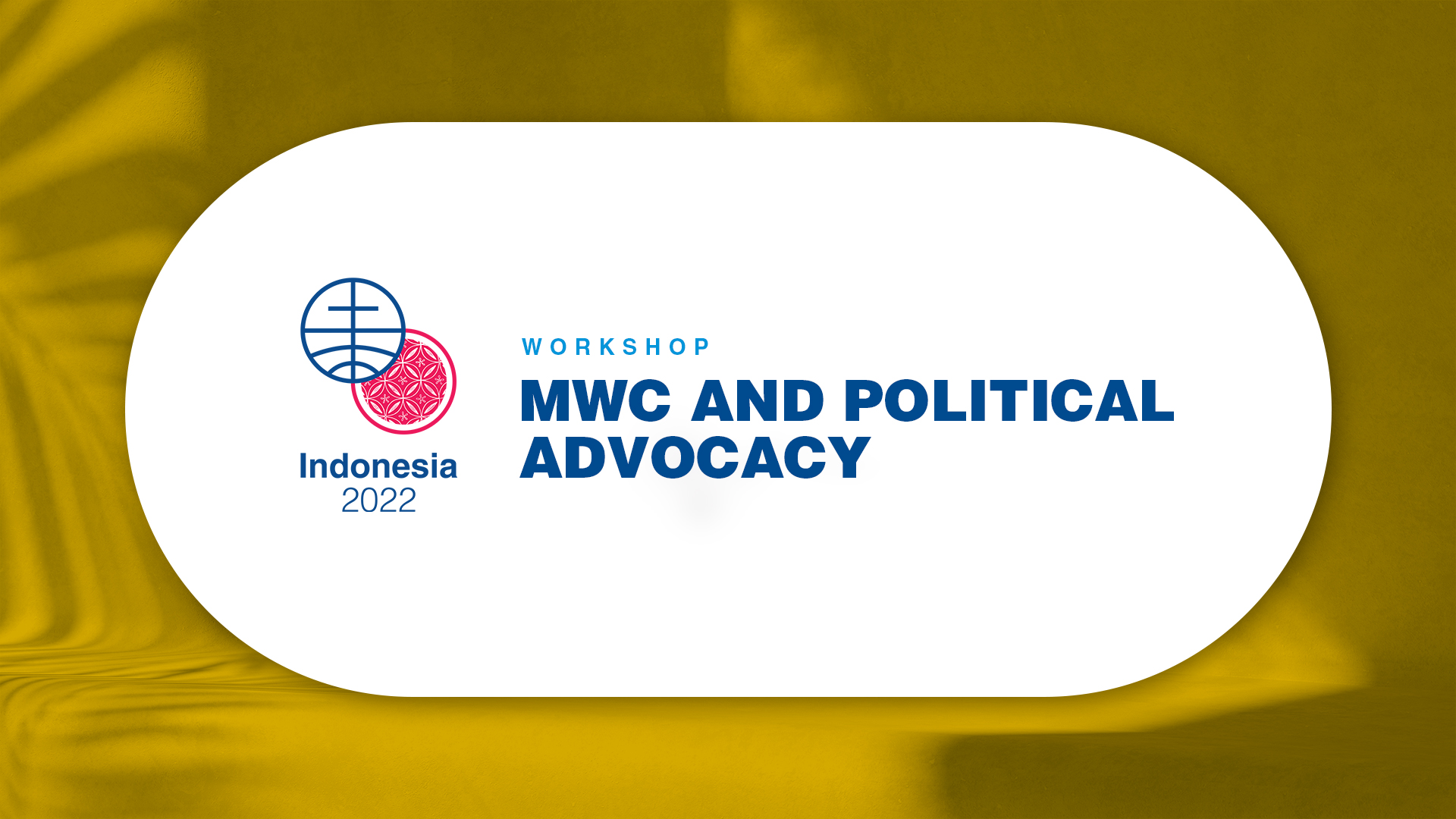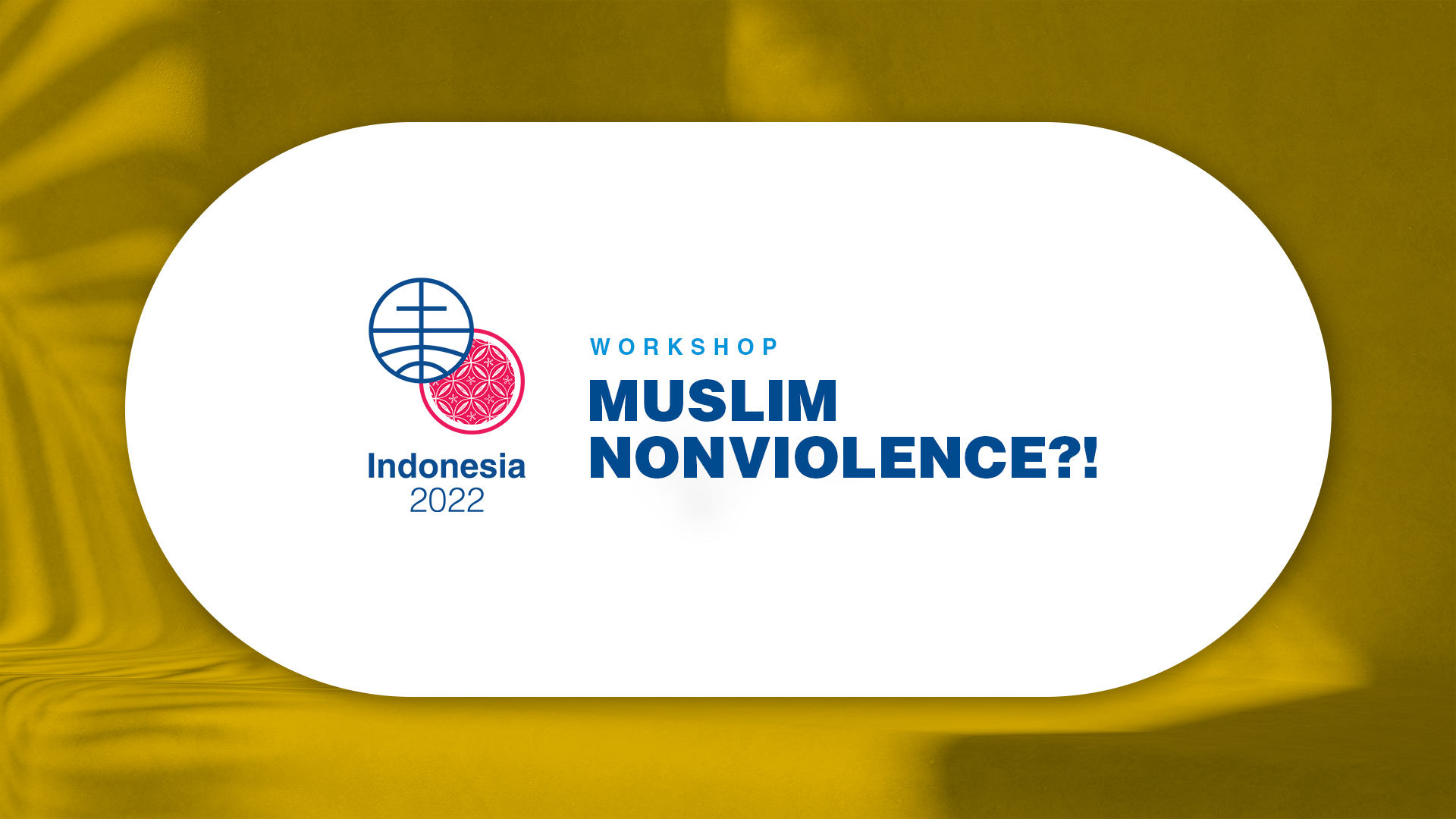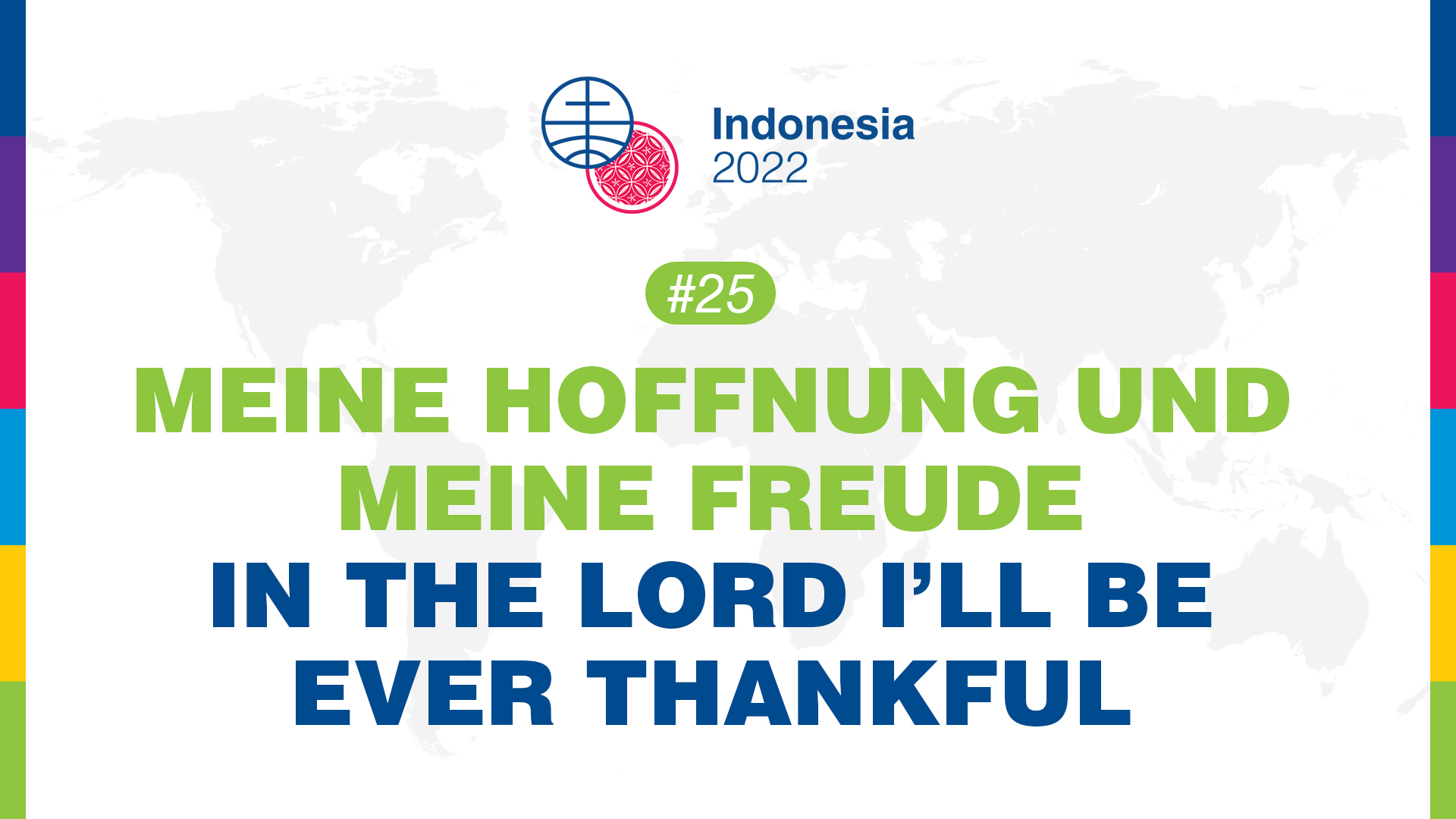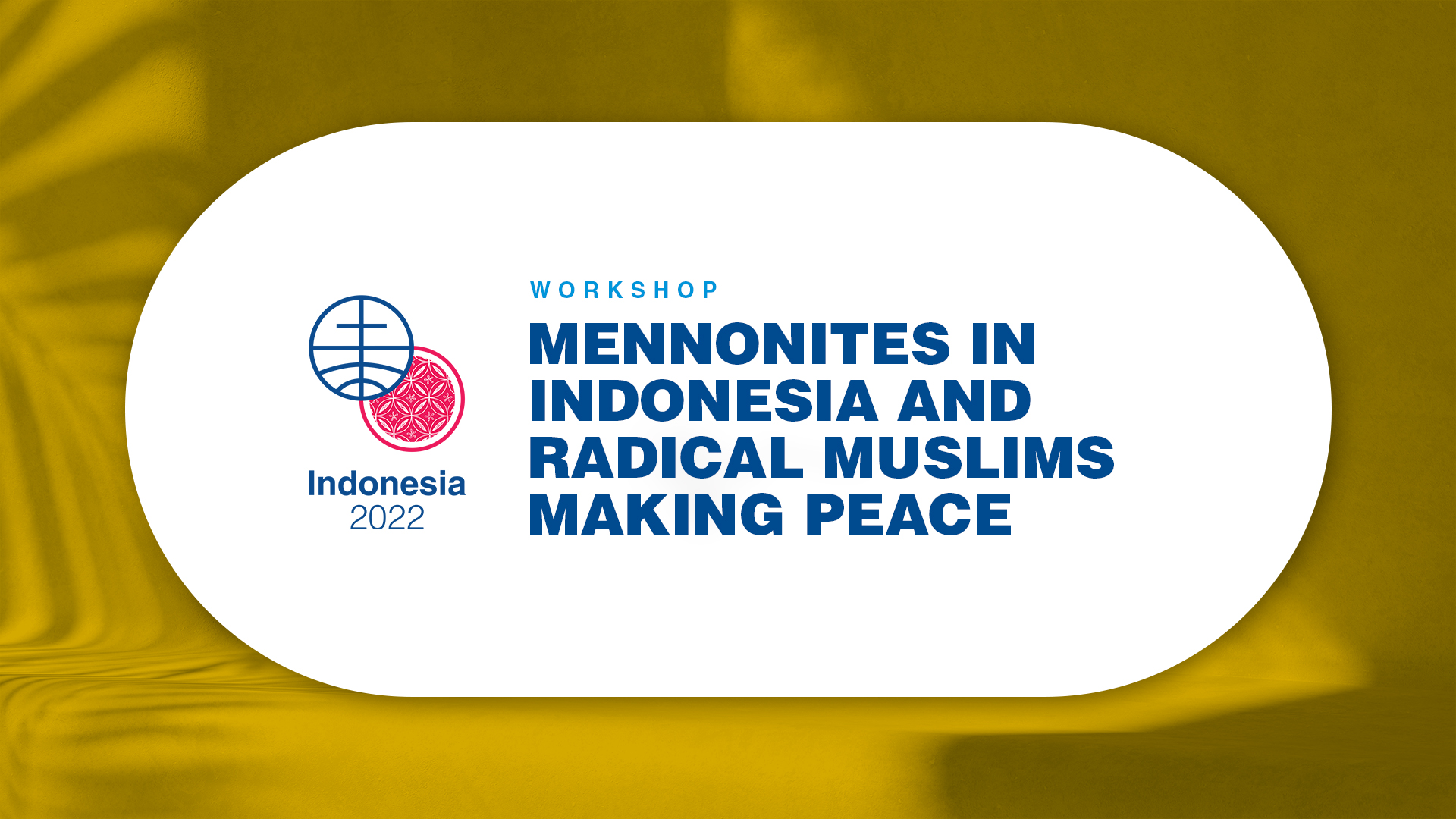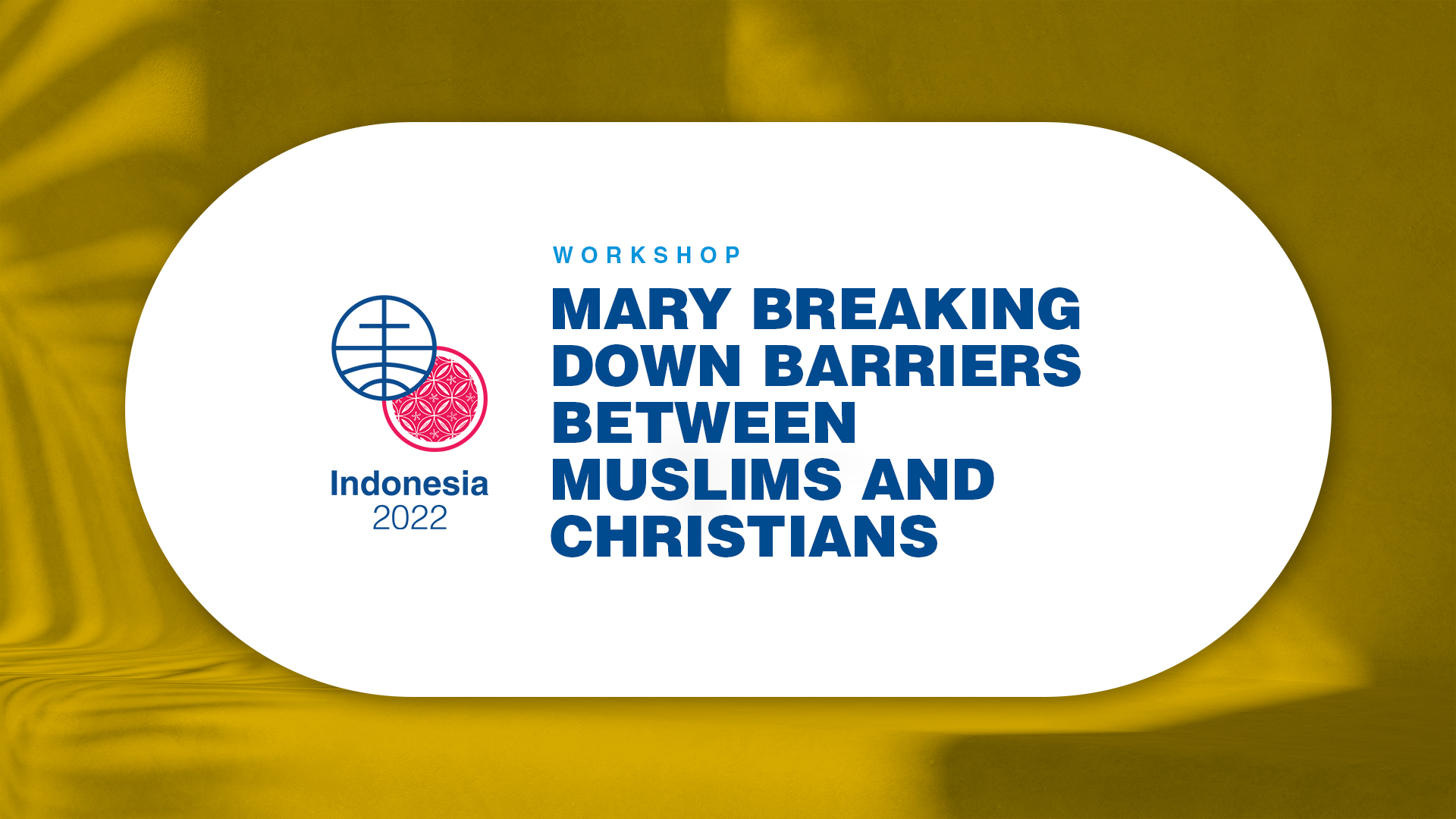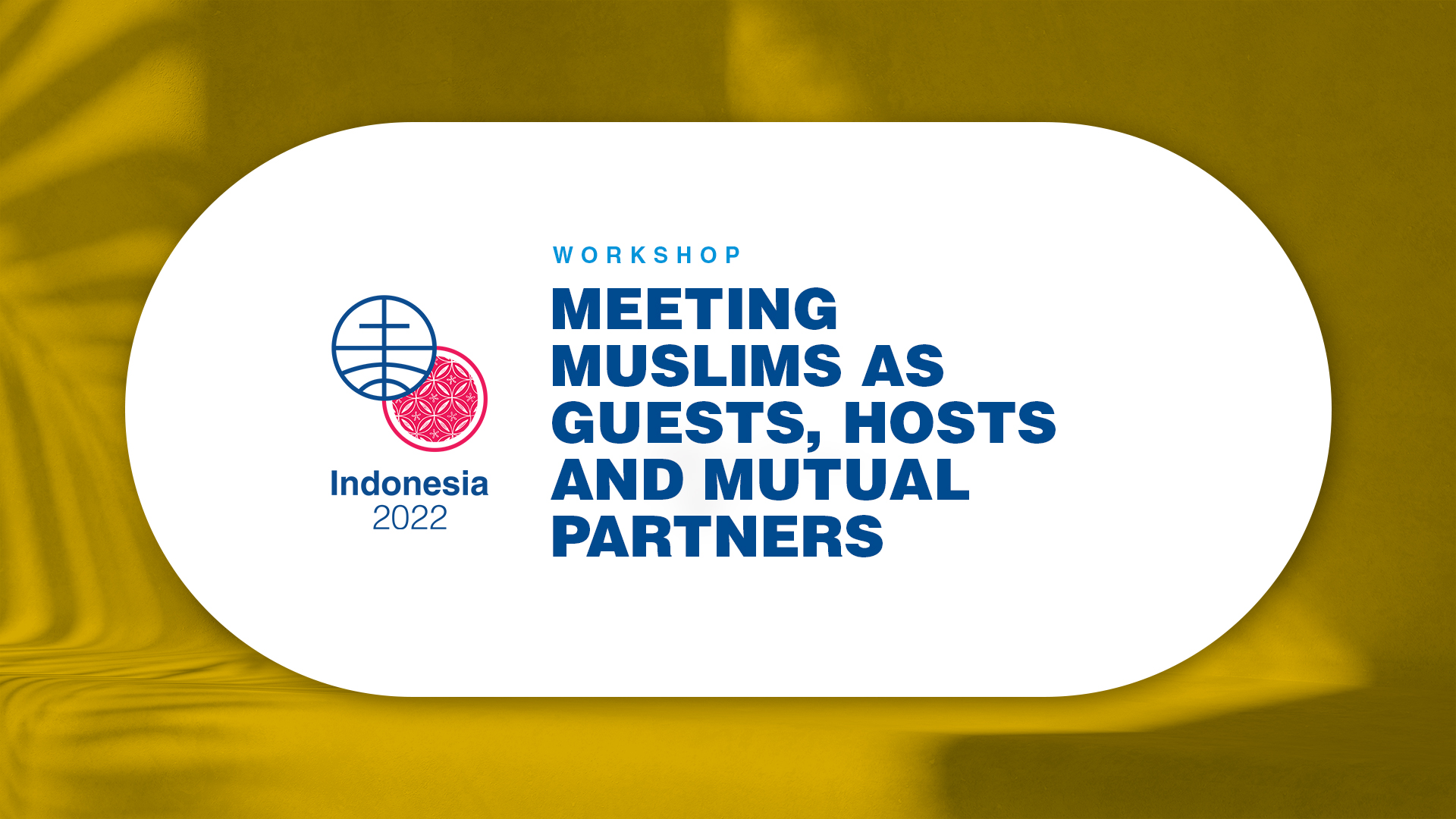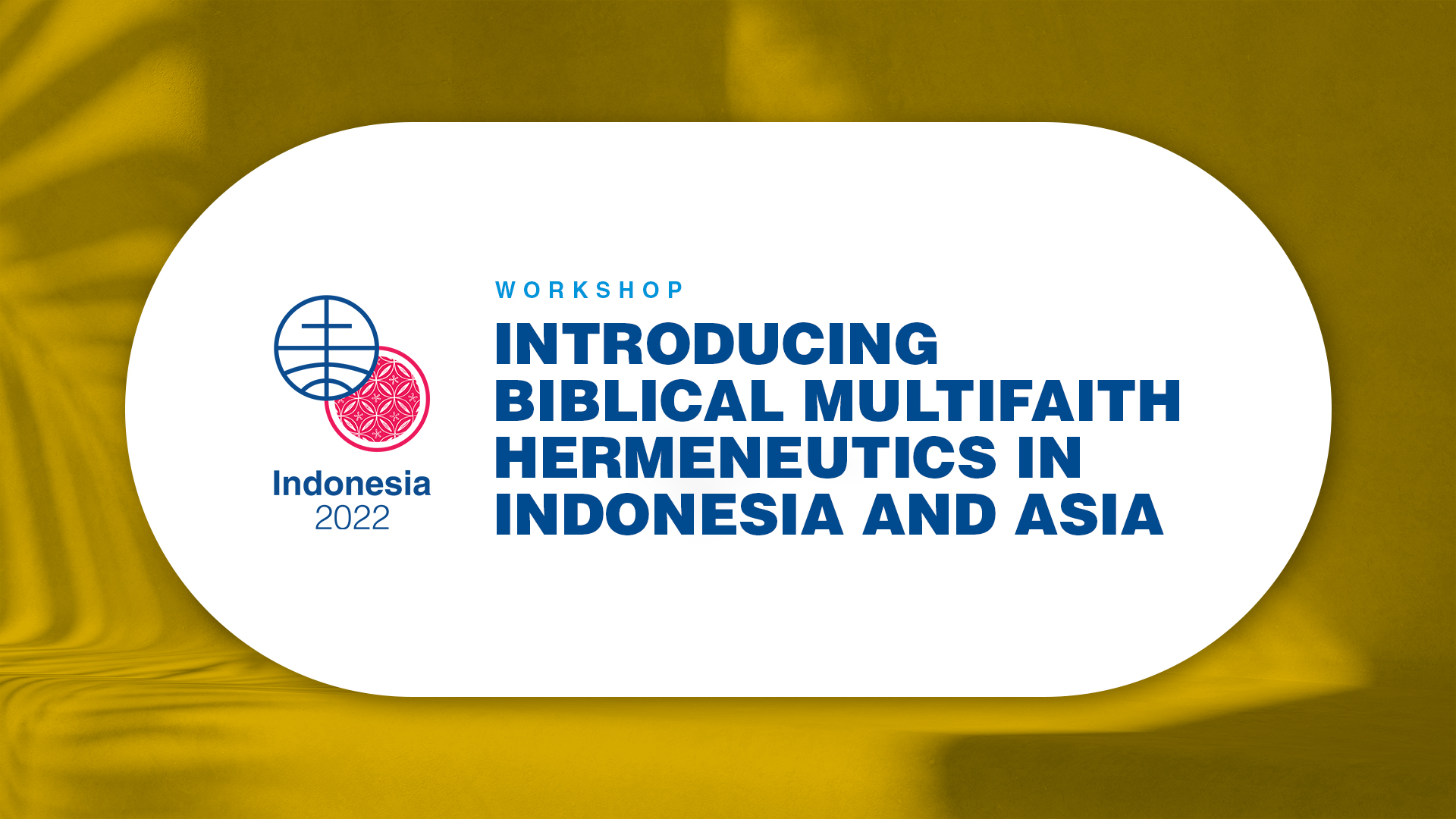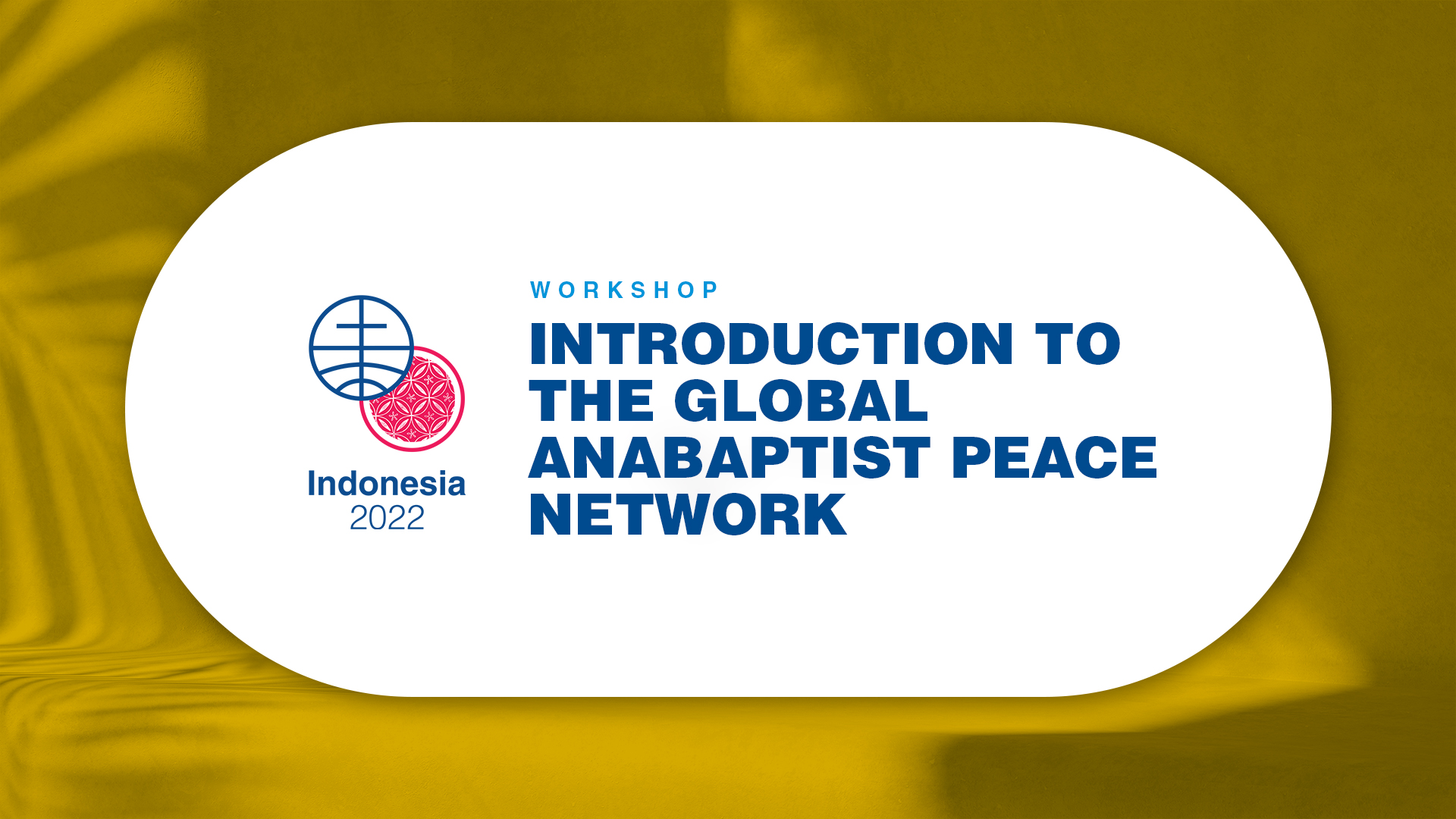-
MWC and Political Advocacy
Indonesia 2022: workshop This workshop will explore the way MWC gets involved in political advocacy and how MWC member churches can request such help. It will also explore how MWC can further support its member churches and some of their ongoing struggles. Presenters: Andrew Suderman is MWC Peace Commission secretary and a member of St.…
-
Muslim nonviolence?!
Indonesia 2022: Workshop Common associations of Islam with violence create barriers of fear that are hard to overcome. Anabaptists might believe they have an exclusive grasp on nonviolent theology and practice. The case study of the Muridiyya, a transnational Sufi Muslim religious order originally from Senegal presents an alternative perspective on nonviolence. Encountering another faith…
-
Making peace a way of life
During the past two years, MWC asked member conferences for accounts of experiences in peacemaking. MWC’s Peace Council considered these stories during two days of meeting in Bulawayo, Zimbabwe, in August 2003. The following summary was developed out of that discussion. 1. Continuum of peacemaking activities: All Christians are called to be peacemakers, but this…
-
Living in Harmony on the Slope of Muria
Mennonite & Islam dari Pedesaan Lereng Muria This workshop was delivered in Indonesian. Assembly 17 – Indonesia 2022 – workshops
-
Mennonites in Indonesia and radical Muslims making peace
Violence in the name of religion often occurs in Indonesia. Mennonite Church started to build peace with radical group to overcome violence in the name of religion in Indonesia. Presenter: Paulus Hartono is one of the Mennonite church pastor who has been actively serving on the congregation for 14 years and has been special duty…
-
Mary breaking down barriers between Muslims and Christians
Indonesia 2022: Workshop Mary, the mother of Jesus is deeply honored by Christians and Muslims. This workshop explores the Qur’anic and Biblical narratives about Mary and her depiction in both traditions. The workshop also investigates what a focus on her prophethood can add to inter-religious dialogue between Muslims and Christians, especially for women. Presenter: Jacqueline…
-
Membership Application to the Global Anabaptist Peace Network (GAPN)
The Global Anabaptist Peace Network (GAPN) is a network that seeks to connect and support peace organizations (agencies, schools, training programs, research projects, think-tanks, activist-focused initiatives, activists, scholars) that have emerged from and serve our global Anabaptist-Mennonite church communion. Our hope is to provide a supportive community as we work together at making our world a better…
-
Meeting Muslims as guests, hosts and mutual partners
Scripture offers three models for relating faithfully to Muslim neighbors as a reflection of the Trinitarian God. Participants will consider their own relationships to Muslims as we reflect on examples of hosts (Kenya and North America), guests (Somalia), and mutual partners (Tanzania and the Allies for Peace project). Presenter: Peter Sensenig serves with MMN and…
-
How have we dealt with conflict in the past?
Presented to the General Council of Mennonite World Conference Harrisburg, Pennsylvania, USA, July 2015By Alfred Neufeldof Paraguay
-
Introducing biblical multifaith hermeneutics in Indonesia and Asia
Indonesia 2022: Workshop Asia and Indonesia, with its multiracial and multicultural resources, are unique parts of the world and can offer many possibilities for adequate contextual hermeneutics in a multi-scriptural society (Samartha 1991). Taking Archie Lee opinion, for instance, he mentions Asian religious people, at least, live in two worlds: the world of their religion…
-
Introduction to the Global Anabaptist Peace Network
Indonesia 2022: workshop This workshop will introduce the Global Anabaptist Peace Network, its hope and purpose, and the way in which peace-related organizations can become part of this network. Presenter: Wendy Kroeker is a member of Fort Garry Mennonite Fellowship, Winnipeg, Manitoba, Canada and chair of GAPN. Andres Pacheco Lozano is a member of Teusaquillo…
